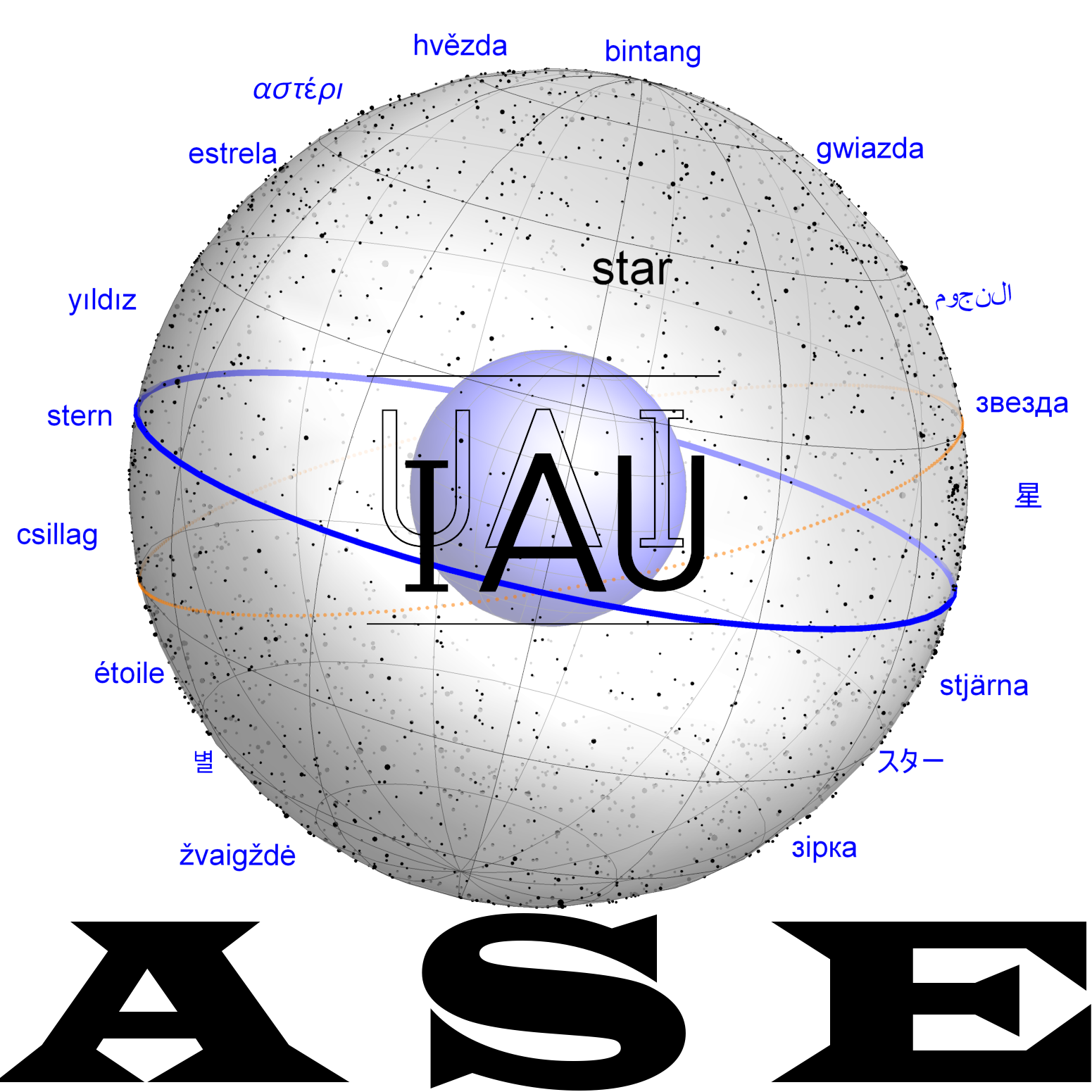Sirius: Difference between revisions
No edit summary |
No edit summary |
||
| Line 24: | Line 24: | ||
==IAU Working Group on Star Names== |
==IAU Working Group on Star Names== |
||
The name was |
The name was approved by the IAU WGSN in 2016. |
||
| Line 41: | Line 41: | ||
[[Category:Eurasia]] |
[[Category:Eurasia]] |
||
[[Category:European]] |
[[Category:European]] |
||
[[Category:CMa]] |
|||
Revision as of 09:39, 20 April 2025
The name is a simplified transcription of the ancient Greek "seirios", scorching, a metaphor for the brightest.
Etymology and History
The Greek word for the star - seirios, scorching - can refer both to its brightness and to the heat of summer at the time of the heliacal rising. Sirius is the brightest star in the night sky and is therefore particularly easy to observe at dusk. This characterises it for a special calendar function.
Ancient Calendars (Mesopotamia, Egypt, Greece)
In the course of the year, it doesn't matter where it begins and ends - the only important thing is that the stellar year, like the solar year, has approximately 365 days. There were therefore several ways of celebrating the New Year in different cultures: In Mesopotamia, it was usually the spring equinox, but there was also the variant with the autumn equinox. The heliacal rising of Sirius after summer solstice provided one of the intercalation rules preserved in the Babylonian compendium of astronomy, MUL.APIN.[1]
As in Mesopotamia, Sirius was used in Egypt to determine the calendar. The Egyptian word ‘Sothis’ has been used since the 3rd millennium for an asterism consisting of at least three stars, which was later - perhaps only in the -1st millennium - restricted to the bright Sirius. However, whether the rising of Sirius was really associated with the Nile flood is extremely controversial among researchers and difficult to prove. What is certain is that the star was associated with the magic goddess Isis. She was always one of the highest deities in the Egyptian pantheon and in Roman times the growing Christianity had to assert itself against the cult of Isis as an extremely strong competitor.
In Egypt, the New Year was celebrated in summer - with 5 days ‘between the years’, when it is almost impossible to work in the heat. This ancient Egyptian custom was still practised when the country on the Nile was under Greek and Roman rule. This explains why the term ‘dog days’ for the hottest days of the year, which has been handed down since ancient times, is associated with the heliacal rising of Sirius.
Reddish or not Reddish
Many astronomers were puzzled by the question of why Ptolemy described the star as reddish in colour. This even triggered speculation about a possible supernova or nova on its companion, a white dwarf. Both can be dismissed out of hand, as it may be a case of uncertainty in text translations: Eratosthenes already describes the star as ‘fiery’ and ‘flaming’ or ‘flickering’. The flickering and iridescence in all colours is caused by the Earth's atmosphere. In most cultures, reddish stars are referred to as fire stars: e.g. Antares in China or Aldebaran in Mesopotamia.
Instead, most ancient philologists think that this term is explained solely by the etymology of the word: the word seirios means ‘glistening’ or ‘scorching’, in the sense of ‘bright in comparison to other stars’.
- (a) It would therefore be a metaphor for great brightness, like a beacon in the dark that brings in the new year and the hot season. The attribution of ‘red’ would therefore be a misunderstanding in one of the numerous stages of translation. Sirius is and was white in colour even then. This is confirmed by other ancient astronomers and astrologers in their descriptions, e.g. Manilius in the first century.
- (b) It can also be understood as fiery and ‘fire stars’ are typically red stars. So the word can easily lead to misunderstandings if you don't look at the sky. The word used, which is interpreted above as ‘red’, describes a relatively broad colour spectrum from yellow to orange to dark red (i.e. all ‘fiery’ colours), so that either the translation ‘red’ is too clumsy for us today or the Greek word in the Almagest already implies a meaning tendency that was not intended by the original in older texts.
When rising, such a star only appears red when it is very close to the horizon. One can see Venus rising red during Sahara hikes - but only directly above the dune. As soon as it had gained some height, the effect was gone. The other speculation of some researchers, that the red colour is due to the fact that Sirius was primarily observed for calendar measurements and therefore on the horizon, cannot be the only explanation. This entry in the Almagest is proof that the author did not look to the stars, but copied from earlier texts.
Mythology
IAU Working Group on Star Names
The name was approved by the IAU WGSN in 2016.
Weblinks
Reference
- References (general)
- References (early modern)
- Ian Ridpath's website (Star Tales )
- ↑ Hoffmann, S.M. & Hunger, H. (2023): Was steht in der ersten Schaltregel in MUL.APIN?, Codices Manuscripti & Impressi, Wien, 7-16




